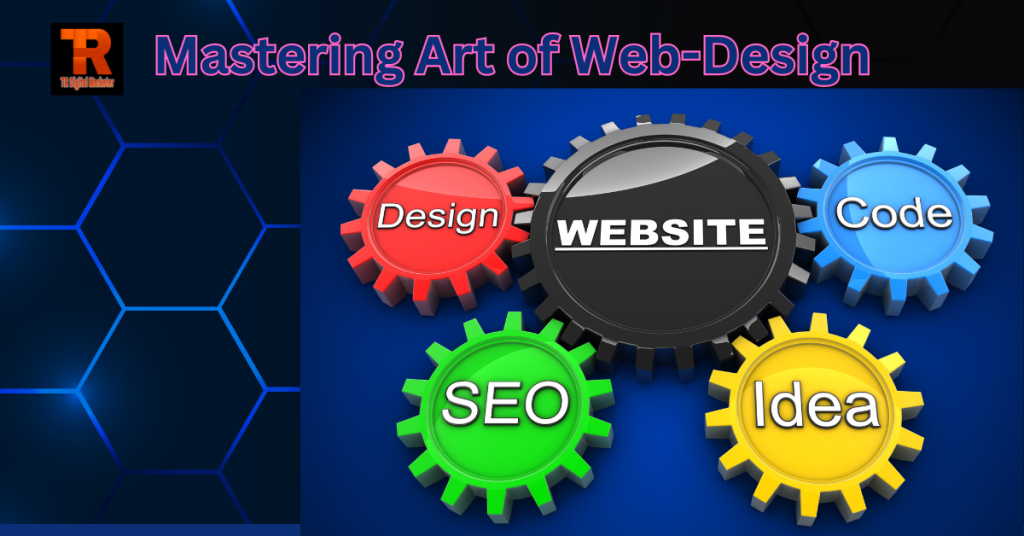How to Unleashing the Power of Mastering Featured Snippets to Triumph in Google
In the ever-evolving world of search engine optimization (SEO), one goal stands out among the rest—winning the coveted featured snippets in Google. These snippets provide prime real estate on the search engine results page (SERP), offering enhanced visibility and the opportunity to drive significant traffic to your website. In this article, we will explore the strategies and techniques you can employ to increase your chances of claiming those valuable featured snippets and outshine your competitors. 1. Understand the Anatomy of Featured Snippets To win featured snippets, it’s crucial to comprehend their structure and purpose. Featured snippets are concise summaries of information extracted from web pages that Google deems highly relevant to a specific search query. They typically appear above organic search results and aim to provide users with immediate answers to their questions. By understanding the different types of featured snippets—paragraphs, lists, tables, and videos—you can tailor your content to align with Google’s preferences. 2. Conduct In-Depth Keyword Research Comprehensive keyword research lays the foundation for winning featured snippets. Identify the keywords relevant to your industry and target audience, and analyze the existing featured snippets for those queries. By studying the format, tone, and content of these snippets, you can optimize your content to match the patterns that Google favors. 3. Create High-Quality, Informative Content Content remains king, and it’s no different when it comes to featured snippets. Craft compelling and informative content that directly addresses user queries. Ensure your content is well-structured, with clear headings, bullet points, and concise answers to specific questions. By providing valuable insights and solutions, you increase your chances of being selected for a featured snippet. 4. Optimize Your Content for Featured Snippets To stand out from the crowd, optimize your content using a range of techniques: Use concise answers: Craft brief, direct responses to common queries in your content. Implement structured data: Add structured data markup to help search engines better understand your content and increase the chances of being featured. Utilize headers and subheadings: Organize your content using clear headings that address specific questions or topics. Leverage tables and lists: Present information in tabular or list format, as Google often favors these for featured snippets. Incorporate relevant images and videos: Enhance your content with visual elements to capture users’ attention and increase engagement. 5. Focus on On-Page SEO Winning featured snippets also requires solid on-page SEO practices. Optimize your titles, meta descriptions, and URLs with relevant keywords. Ensure your website loads quickly, as Google considers page speed an important ranking factor. Make your content easily accessible by utilizing proper HTML tags and ensuring mobile-friendliness. 6. Monitor and Adapt SEO is an ongoing process, and winning featured snippets is no exception. Continuously monitor your content’s performance and track the featured snippets landscape. Regularly update your content, refine your keyword targeting, and adapt your strategies to align with Google’s evolving algorithms. Conclusion Winning featured snippets in Google is a highly sought-after achievement in the world of SEO. By understanding the anatomy of featured snippets, conducting thorough keyword research, creating high-quality content, optimizing for snippets, focusing on on-page SEO, and adapting your strategies, you can increase your chances of claiming those valuable positions. Embrace the power of featured snippets, and watch as your website rises to the top of the SERP, attracting more organic traffic and establishing your online presence as an authoritative source of information. Read more articles on Digital Marketing





